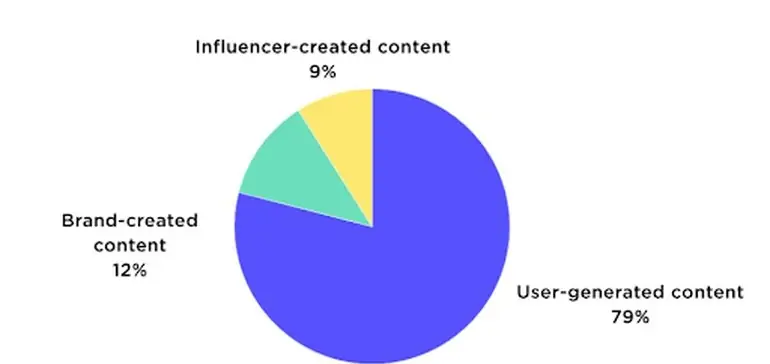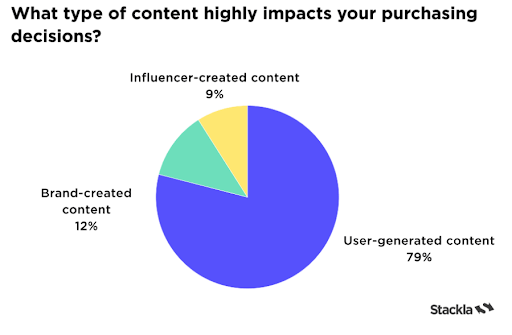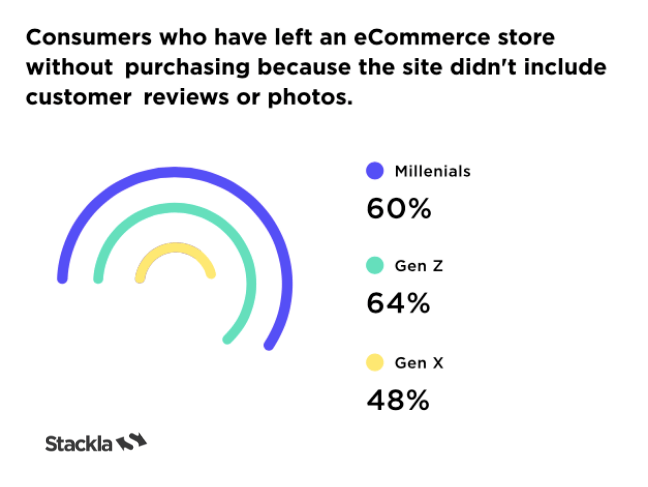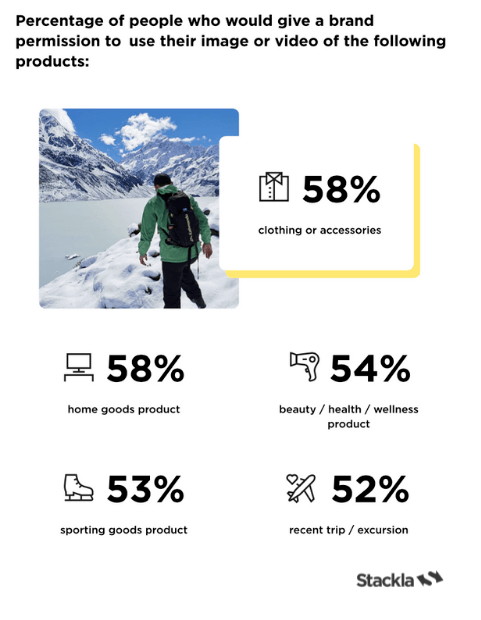Mobile App Development, SEO, Social Media, Uncategorized, Web Development, Website Design
Survey Reveals That UGC Can Drive Improved Trust and Loyalty for eCommerce Brands
- By Brett Belau
19 Sep

People’s shopping habits have shifted significantly since the start of the pandemic, leaving many brands scrambling to determine the best ways to grab consumers’ attention, and turn browsers into buyers on their eCommerce sites.
But have the effects of 2020 permanently impacted how people discover, shop and engage with the outside world? And what implications will these shifts in consumer trends have for the upcoming holiday season and beyond?
A new data report from Stackla offers insight into these questions, and reveals that not only are surges in online shopping here to stay, but also, that today’s consumers want brands to provide them with more authentic, personalized shopping experiences.
The survey of more than 2,000 consumers found that 83% of people believe retailers need to provide more authentic shopping experiences, and 70% say it’s important for brands to provide them with personalized experiences.
Here’s a look at some of the key findings:
UGC offers the authenticity and personalization consumers seek
Despite the amount of budget brands allocate toward professional photography and influencer marketing these days, only 19% of consumers find brand-created content to be authentic, and a mere 10% say influencer content resonates as authentic with them.
The majority of respondents indicated that user-generated content (UGC) resonates as most authentic, with nearly 80% saying UGC highly impacts their purchasing decisions, making it 8.7x more impactful than influencer content, and 6.6x more influential than branded content in consumers’ eyes.
And according to online shoppers, the global pandemic has only served to amplify the influence of UGC. In fact, 56% of consumers say they’re more influenced by social media images and videos when online shopping now than they were before the pandemic.

With online shopping, people can’t physically see, touch or try on the items they’re considering. They want to know how a jacket fits on someone with a similar body type, what that shade of lipstick looks like on someone with their skin tone, or how much space a couch takes up in a living room that has similar dimensions to theirs. UGC offers people an unvarnished, and trusted, third-party view on these unknown elements, helping to bring products to life for them in ways that feel real and relevant.
When asked, 72% of consumers said that real customer photos and videos are the content they most want to see on eCommerce sites. Furthermore, 80% said they would be more likely to purchase a product from an online store if its website had photos and videos from real customers.
Just how important is UGC to today’s online shoppers?
Important enough that 64% of Gen Z, and 60% of Millennials, indicated that they’ve left an eCommerce store without purchasing because the site didn’t include customer photos or reviews.

The message from consumers is clear: the presence or lack of UGC can make or break brands, especially as we head into the holiday season.
Consumers want to play an active role in creating the brands they love
User-generated content is abundant enough to scale across multiple marketing initiatives, and continuously feed brands’ evergreen need for fresh content. Plus, using customer content to market to other people doubles as a great customer loyalty strategy.
Not only are most people willing to give brands permission to use their photos in exchange for being featured in their marketing efforts, but today’s consumers are actually eager to act as content creators for their favorite brands.
Over 60% of consumers say they would be more loyal to, and likely to buy from a brand that invited them to join a customer advocacy community to actively help it create more UGC for the brand.

In short, brands that place UGC at the heart of their online experiences will be rewarded by shoppers.
As such, brands that want to stay ahead of the competition need to start strategically using UGC to create the authentic commerce experiences today’s shoppers crave. Those that do can boost both sales and trust, while also forming more meaningful connections with customers.
You can read Stackla’s full ‘Post-Pandemic Shifts in Consumer Shopping Habits’ report here.
Source: www.socialmediatoday.com, originally published on 2021-09-19 00:32:00
Connect with B2 Web Studios
Get B2 news, tips and the latest trends on web, mobile and digital marketing
- Appleton/Green Bay (HQ): (920) 358-0305
- Las Vegas, NV (Satellite): (702) 659-7809
- Email Us: [email protected]

© Copyright 2002 – 2022 B2 Web Studios, a division of B2 Computing LLC. All rights reserved. All logos trademarks of their respective owners. Privacy Policy

![How to Successfully Use Social Media: A Small Business Guide for Beginners [Infographic]](https://dev.b2webstudios.com/storage/2023/02/How-to-Successfully-Use-Social-Media-A-Small-Business-Guide-85x70.jpg)



![How to Successfully Use Social Media: A Small Business Guide for Beginners [Infographic]](https://dev.b2webstudios.com/storage/2023/02/How-to-Successfully-Use-Social-Media-A-Small-Business-Guide-300x169.jpg)


Recent Comments